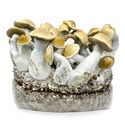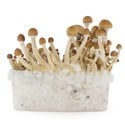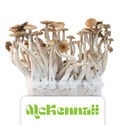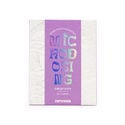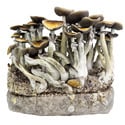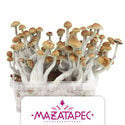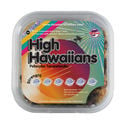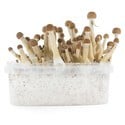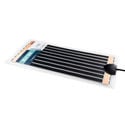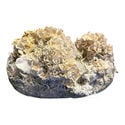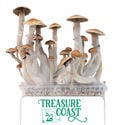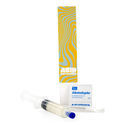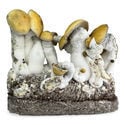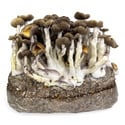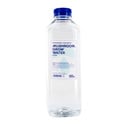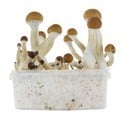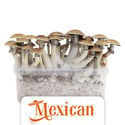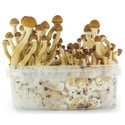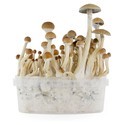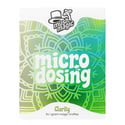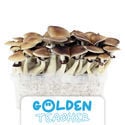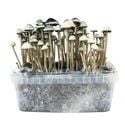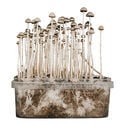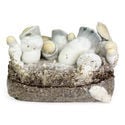-
Seedshop
-
Feminized
Cannabis seeds -
Autoflowering
Cannabis Seeds -
Regular
Cannabis Seeds -
F1 Hybrid
Cannabis Seeds -
CBD
Cannabis Seeds -
Zamnesia
Cannabis Seeds
-
Top 10’s
- Top 10 Feminized Seeds
- Top 10 Autoflowering Seeds
- Top 10 Regular Seeds
- Top 10 USA Cannabis Strains
-
Favourites
- Beginner Strains
- Below 1% THC
- Classic Cannabis Strains
- Cup Winners
- F1 Hybrids
- Fast Flowering Seeds
- High CBD Strains
- High THC Strains
- Mix Packs
- Zamnesia Exclusive Collabs
-
-
Headshop
-
Vaporshop
- Spare Parts & Accessories
- AirVape XS GO (2021)
- Arizer Air MAX
- Arizer Extreme Q
- Arizer Solo 2
- Arizer V-Tower
- Arizer XQ2
- Boundless CFC 2.0 Vaporizer
- Boundless CFX
- Boundless TERA (V3)
- CRAFTY+
- DaVinci IQC
- Dr. Dabber Boost EVO
- DynaVap VapCap "M" PLUS 2023
- DynaVap VonG (i) Titanium
- Flowermate Aura
- Flowermate Cap Pro
- Flowermate Slick
- Flowermate V5.0S Pro
-
Healthshop
-
Smartshop
-
Shroomshop
-
Growshop
-
Seedshop
All CategoriesSeedshop
- Autoflower Seeds
- Feminized Cannabis Seeds
- Zamnesia Seeds
- Zamnesia's Top 10
- CBD Seeds
- F1 Hybrids
- Seed Banks
- Mix Packs
-
Popular Strain Types
- Zamnesia Exclusive Collabs
- Classic Cannabis Strains
- Amnesia Seeds
- Haze Seeds
- Skunk Seeds
- Kush Seeds
- Purple Seeds
- Blueberry Seeds
- Cheese Seeds
- Diesel Seeds
- White Widow Seeds
- Gorilla Seeds
- Northern Lights Seeds
- Granddaddy Purple Seeds
- OG Kush Seeds
- Blue Dream Seeds
- Lemon Haze Seeds
- Bruce Banner Seeds
- Gelato Seeds
- Sour Diesel Seeds
- Jack Herer Seeds
- Girl Scout Cookies Seeds (GSC)
- Wedding Cake Seeds
- Zkittlez Seeds
- Pineapple Express Seeds
- Chemdawg Seeds
- Hindu Kush Seeds
- Mimosa Seeds
- F1 Hybrids
- Mix Packs
- Cup Winners
- Beginner Strains
- High THC Strains
- Fast Flowering Seeds
- Regular Cannabis Seeds
- USA Cannabis Strains
- Cup Winners
- Seedfinder
-
Vaporshop
All CategoriesVaporshop
- Top 10 Vaporizers
- Spare Parts & Accessories
- AirVape XS GO (2021)
- Arizer Air MAX
- Arizer Extreme Q
- Arizer Solo 2
- Arizer V-Tower
- Arizer XQ2
- Boundless CFC 2.0 Vaporizer
- Boundless CFX
- Boundless TERA (V3)
- CRAFTY+
- DaVinci IQC
- Dr. Dabber Boost EVO
- DynaVap VapCap "M" PLUS 2023
- DynaVap VonG (i) Titanium
- Flowermate Aura
- Flowermate Cap Pro
- Flowermate Slick
- Flowermate V5.0S Pro
- G Pen Elite II
- G Pen Micro+
- G Pen Roam
- Hyer Big-E Rig
- MIGHTY+
- PAX Mini
- PAX Plus
- PLENTY
- Puffco Peak Smart Rig
- Puffco Plus
- Storm Vaporizer
- The Proxy (Puffco)
- VOLCANO CLASSIC
- VOLCANO HYBRID
- Vapman 2.0
- Vapman Click
-
Smartshop
All CategoriesSmartshop
- Top 10 Smartshop
- Zamnesia Gift Cards
- After Party
- Aphrodisiacs
- Aromatherapy
- Blue Lotus
- CBD Vape Juice
- Capsule Machines
- Crystals, Gemstones & Minerals
- Dream Herbs
- Drug Tests
- Extracts
- Happy Caps
- Herbal Tea
- Herbs & Seeds
- Incense
- Kanna
- Kratom
- LSA Seeds
- Mescaline Cacti
- Microdosing
- Nootropics
- Relaxing
- Salvia divinorum
- Smart Seeds
- Stimulants
- Supplements
- Tinctures
- Vape Herbs
-
TRIBE
All CategoriesTRIBE
- My Membership
- Spend Gift Points
- TRIBE Sale
- Exclusive products
- Earn Extra Gift Points
-
TRIBE
- Early Access
- Refer a Friend
- Information
-
TRIBE
-
Language
 United States
United States
Wednesday, 17 December and Tuesday, 23 December 2025*
How To Identify A Contaminated Magic Mushroom Culture
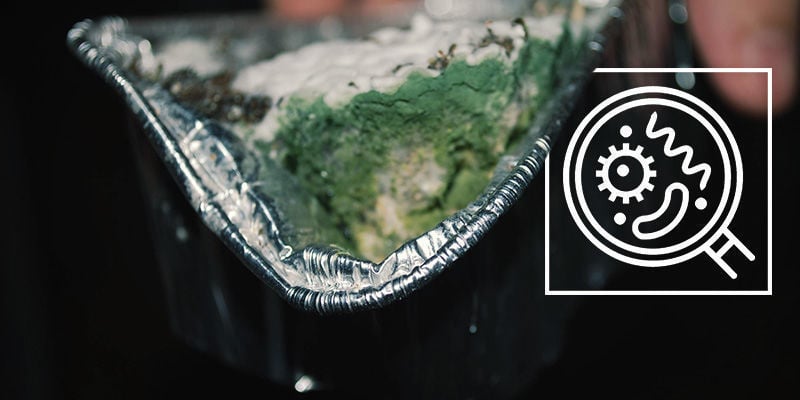
There is a wide palette of contaminations lurking out there. Most of them can be separated into three groups: Bacteria, mould (fungi) and pests. Let's take a closer look at the most common types.
Cultivating mushrooms at home isn't the easiest of tasks. It isn’t exactly rocket science, but one needs to be careful and extremely clean, as conditions should be kept sterile at all times. Every part of the magic mushroom culture is very vulnerable to contamination, including the spores, the mycelium and the mushrooms themselves.
Substrate sterilization and air filtration are ways of keeping the environment sterile and rich for the mycelium, but free of competitors such as bacteria, mould or pests. However, these methods aren’t foolproof. The mentioned processes aren’t perfect and the sterile environment has a limited duration in practice.
WHAT IS A CONTAMINATION
We can say, that a contamination is anything unwanted in your substrate or mycelium, but mainly being impurities in the air, soil or water, that can cause long-term problems with your mushroom culture. Spore contamination can prove to be fatal to the whole culture, while contamination during the fruiting phase can lead to cap removal.
Contaminations can spread very quickly, so it is best advised to get rid of the contaminated cultures and move them from the non-contaminated ones. On the bright side, contaminations are easily identified, as the mushroom mycelium is completely white.
If you see any other colours, you can expect to have a contaminated culture. But don’t be too hasty, as there are two exceptions. One is the colour blue, which indicates bruising on the mycelium, while the other is the colour yellow, which is an indicator of the mycelium getting old and producing new defences against bacteria.
Different Kinds of Contaminations
Contaminants will flourish in the sterilized substrate used for cultivating mushrooms, as they have no competition there like in nature. When mushrooms grow in the wild, the complex relationship between arrays of bacteria, fungi and such maintain an ecological equilibrium in which the mushrooms grow freely, without the need to fight with contaminants over substrate dominance.
As you see, there is a wide palette of contaminations lurking out there. Most of them can be separated into three groups: Bacteria, mould (fungi) and pests.
BACTERIA, FUNGI AND PESTS
Bacteria are unicellular microorganisms, that reproduce very fast and they can be dealt with pasteurization and sterilization of the substrate. Mold is a fungus, that grows in the form of filaments called hyphae and can be controlled with salt, baking soda, alcohol, cinnamon, etc.
And last but not least, are the pests, tiny insects, that devour your culture and transmit diseases, that affect it. Pests can be controlled with strict sanitation and an airtight grow room.
THE FIRST PHASE OF CONTAMINATION
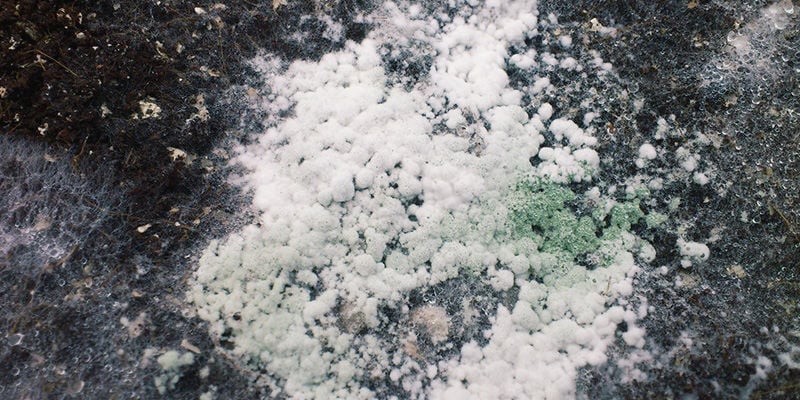
Discovering a contaminated mushroom culture can be heartbreaking. But, it’s essential to learn how to identify the early signs and act accordingly. Just because one culture or fruiting box has fallen victim to contamination doesn’t mean your entire operation has been compromised.
Discolouration is one of the most obvious signs of contamination. Many species of invasive moulds display distinct and bright colours. If you spot green, blue, grey, or black patches on or in your fruiting box, your culture is most likely contaminated. Do keep in mind, however, that small blue stains in the mycelium may just be bruising and not mould. Especially where the rye presses the mycelium against the grow box, you may see some blue spots.
It’s not just other species of fungi that will try to inhabit your substrate. Bacteria can also crash the party. The presence of bacteria is often made evident by the production of slime. Slimy patches on your grain or mycelium signify excess moisture and possible bacterial contamination. You might also notice brown and yellow stains, as well as crusty or gel-like textures.
A healthy mushroom culture will run through grain or other substrates reasonably uniformly. Hyphae will dart off in different directions, but will eventually converge to consolidate the growing medium. If you notice any sectoring—where borders form and hyphae refuse to merge—you could be dealing with contamination from another fungal species.
Unfortunately, some invasive fungi aren’t as easy to spot. Their colour and appearance make them blend into the cultivated mycelium. However, upon closer inspection, it’s possible to differentiate between them. Sporophores are one such intruder. Scan for them using a microscope. They resemble small, hair-like structures with a bubble structure on the tip.
A dusty texture can also be a sign of contamination. A powder-like substance on top of the mycelium signifies an invasion. These are only visible with a magnifying glass
So, you’ve noticed contamination—what next?
Contaminated fruiting boxes are usually a lost cause. Opening them up to remove infected tissue only poses a risk to other cultures and your lab space. However, there are some instances where you can save your mushroom cultures once contaminated. Read on to learn more about the different types of contamination, and potential solutions.
THE MOST COMMON EXAMPLES OF MUSHROOM KIT CONTAMINATIONS
Now that we have established the different types of contaminations in your mushroom culture and how to identify them, we will cover the most common examples.
WET SPOT / SOUR ROT
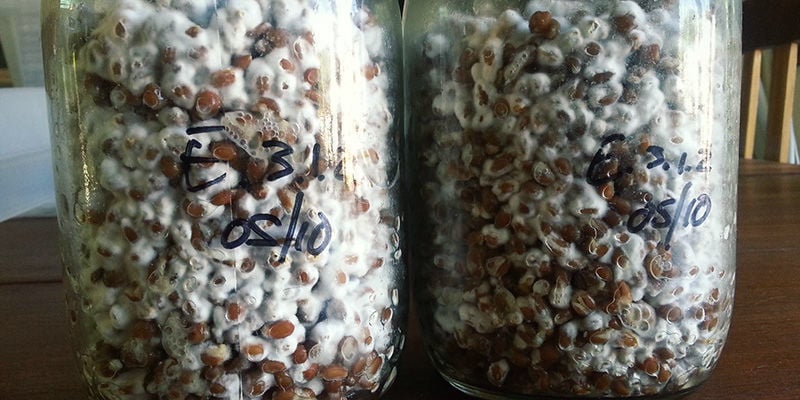
A common occurrence in grain spawn jars, the bacillus sometimes survives sterilization in the shape of endospores resistant to heat. When the medium is contaminated with bacillus, a dull gray slime is formed, that reeks with a foul stench and makes the grain look excessively wet, hence the name.
If you want to eliminate endospores from your grain you should soak it at room temperature for around a day. This way the endospores will germinate and be viable for sterilization.
BACTERIAL BLOTCH
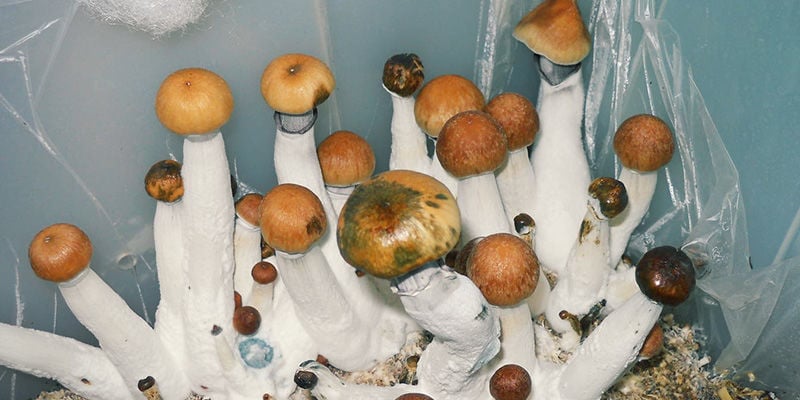
If you notice yellow to brown lesions at or near the edge of your mushroom caps, then bacterial blotch has contaminated your culture. The bacteria spreads by airborne soil particles and it occurs if your mushrooms stay wet 4 to 6 or more hours after they have been watered. It is controlled by lowering humidity and applying a 150ppm chlorine solution.
COBWEB MOLD / DACTYLIUM MILDEW
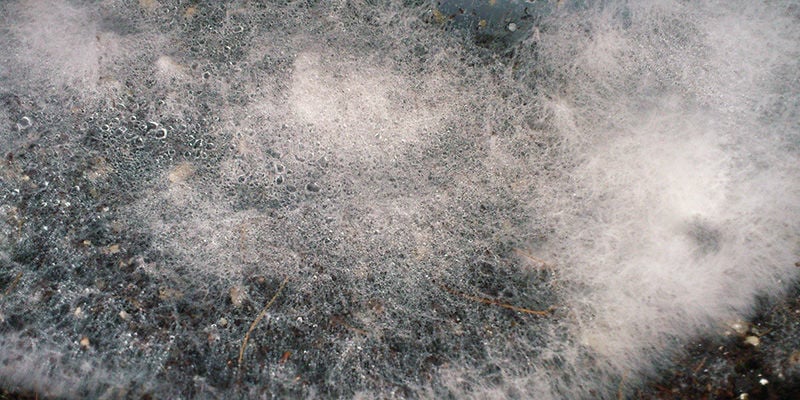
When a cottony mycelium covers your casing and envelops your mushrooms upon contact in a soft mycelium, which causes soft rot, then your culture is contaminated with cobweb mould. This mould is a little bit darker than mycelium and this slight difference in colour could go unnoticed by a beginner.
Another telltale sign is the great speed of growth, as cobweb mould will cover the whole casing in a day or two, starting from a dime-sized patch. High humidity favours this contaminant, so lowering humidity or increasing air circulation helps the problem.
GREEN MOLD
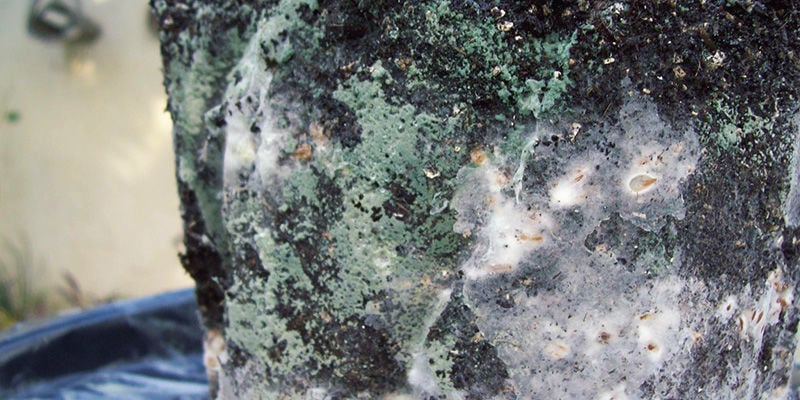
It is caused by Trichoderma harzianum and distinguished by an aggressive and white mycelium that will cover the whole casing and mushrooms, causing soft rot and producing spores, that are emerald green. Green mould is currently the most widespread disease in the US Agaricus industry.
Poor sanitation, flies, anaerobiosis and more influence the occurrence of green mould, making strict sanitation essential and the use of surface disinfectants farm-wide.
PINK MOLD / RED BREAD MOLD
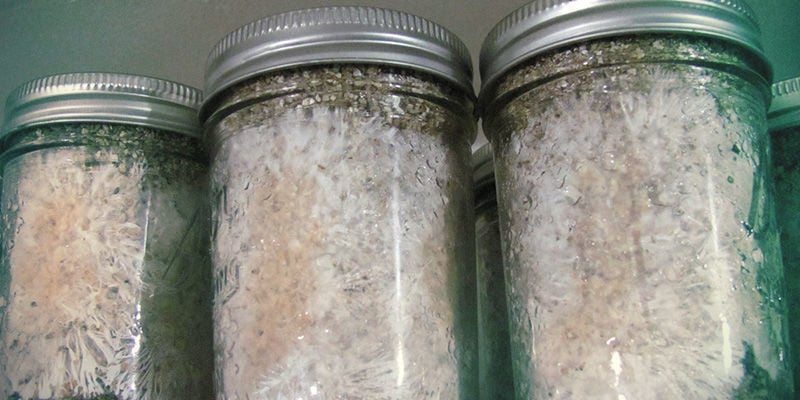
Also called Neurospora, it is a fast-growing fungus commonly found in agar and grain. Present everywhere in nature, this contaminant grows through cotton stoppers and filter discs and is very hard to eliminate. Contaminated cultures should be destroyed immediately and a thorough cleaning of the laboratory is necessary.
BLACK MOLD (ALSO YELLOW MOLD AND OTHERS)
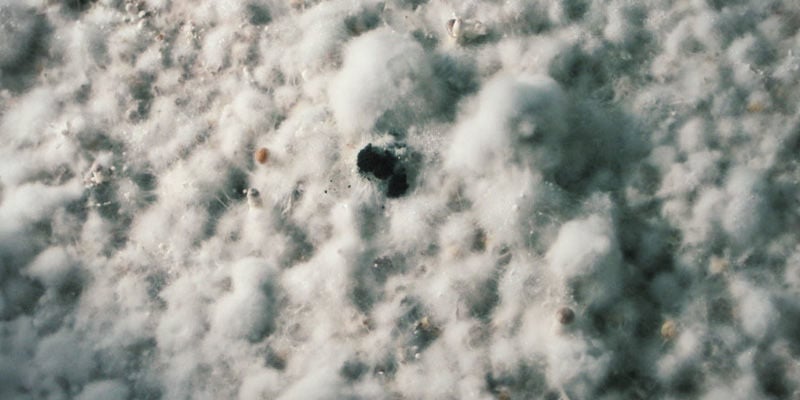
These fungi are very common in agar and grain cultures, as they are found on almost any organic substrate. Called Aspergillus, it prefers a near neutral to slightly basic pH and species range in colour from black to yellow. Some of these species are toxic and produce deadly aflatoxins, so they should be handled with special care.
DRY BUBBLE
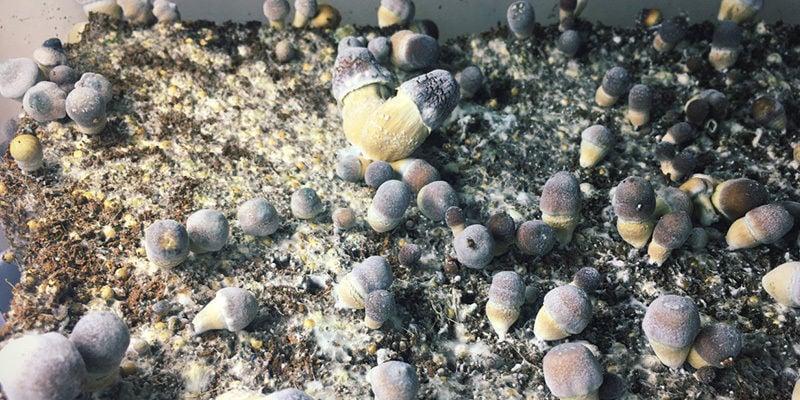
A disease caused by the Verticillium species of fungi, which produce sticky spores. Symptoms of the disease vary with stage of development. Early infection leads to the production of deformed pinheads and infection at a later stage leads to a crooked mushroom with a tilted cap.
As the spores are sticky, they spread via dust particles and one should be careful of moving soil near mushroom houses. Other methods of control are the prevention of flies entering the aforementioned mushroom houses and putting table salt on top of tissue paper which should contain the disease.
FUNGUS GNATS
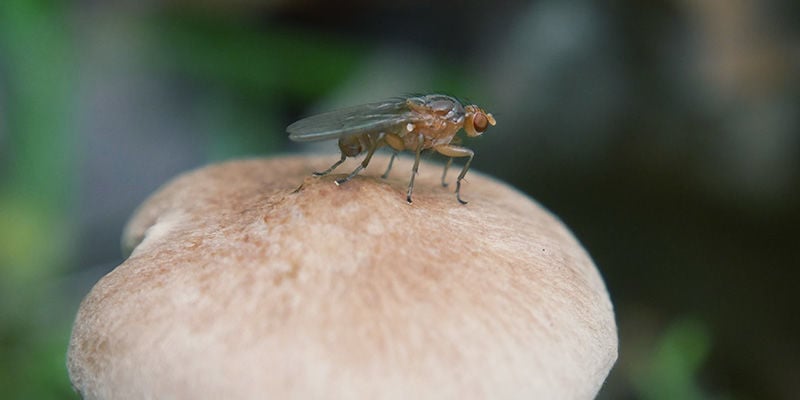
Tiny, flying insects, that are attracted to the mushroom crop. They feed on the mycelium and tunnel into the mushrooms. Tissues, that have been damaged by the gnats are often overrun with bacteria, which cause soft rot.
Adults are 0.3cm long, grayish to black flies, whose wings are clear with no pattern and few distinct veins. Strict sanitation and general hygiene are the way to go concerning control of these contaminants.
MITES
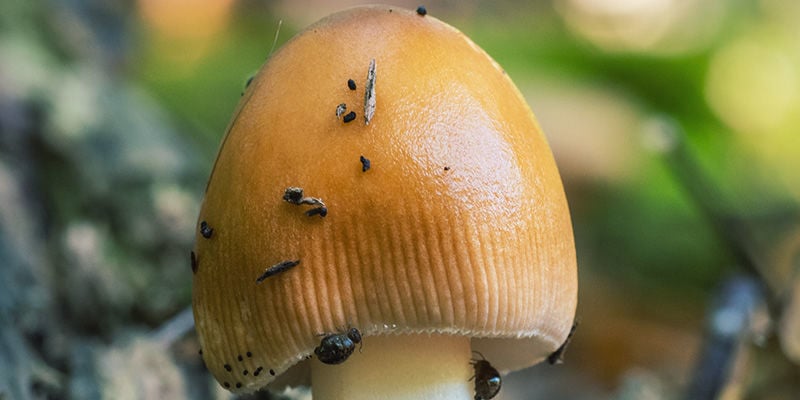
Small arthropods commonly found in straw and manure. Most species of mites are beneficial to mushroom growing, as they feed on eelworms and other mites and are actively engaged in the fragmentation and mixing of the organic substrate.
However, there are few, that can cause damage. They feed on the mushroom mycelium like the fungus gnats and may cause surface discolouration. Detailed sanitation and hygiene are key in controlling these contaminants, as any other.
This covers the most common contaminations you can come across in mushroom cultivation. If something is to be learned here, then it is, that a clean environment and careful handling go a long way.

- France
- Germany
- International
- Italy
- Netherlands
- Polska
- Portugal
- Spain
- United Kingdom
- United States
Related Products
-
+33 Extra Gift Points
-
€ 51,99 € 41,59
-
€ 51,99+26 Extra Gift Points
-
€ 14,99 € 11,99+7 Extra Gift Points
-
+33 Extra Gift Points
-
€ 51,99+26 Extra Gift Points
-
€ 24,99
-
€ 51,99 € 41,59
-
€ 14,95+7 Extra Gift Points
-
+33 Extra Gift Points
-
+26 Extra Gift Points
-
-
€ 64,99+33 Extra Gift Points
-
+33 Extra Gift Points
-
-
€ 51,99 € 41,59
-
€ 51,99+26 Extra Gift Points
-
€ 51,99+26 Extra Gift Points
-
€ 51,99 € 41,59
-
€ 51,99 € 41,59
-
€ 14,99 € 11,99+7 Extra Gift Points
-
+26 Extra Gift Points
-
€ 65,00
-
€ 65,00
-
+33 Extra Gift Points
You might also like
-

 6 min
2 May 2025
How to prepare for a safe psychedelic trip
Psychedelic experiences benefit from knowledgeable and careful planning. It doesn't need to be over-the-top, but a little prep can make a trip absolutely wonderful. Find out how to prepare for a safe ...
6 min
2 May 2025
How to prepare for a safe psychedelic trip
Psychedelic experiences benefit from knowledgeable and careful planning. It doesn't need to be over-the-top, but a little prep can make a trip absolutely wonderful. Find out how to prepare for a safe ...
-
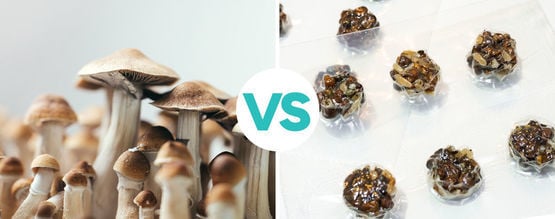
 5 min
14 April 2025
What's the difference between magic truffles and magic mushrooms?
Magic truffles and magic mushrooms both come from psilocybin-containing species of fungus. However, there are important differences between the two regarding potency, growth, and effects—and these d ...
5 min
14 April 2025
What's the difference between magic truffles and magic mushrooms?
Magic truffles and magic mushrooms both come from psilocybin-containing species of fungus. However, there are important differences between the two regarding potency, growth, and effects—and these d ...
-
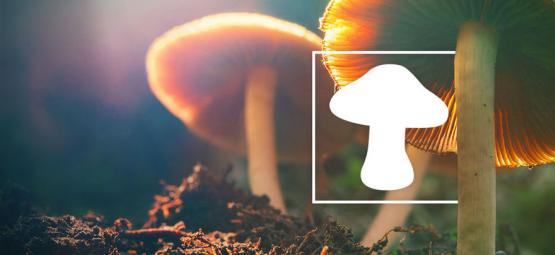
 4 min
24 November 2017
How To Identify Different Types Of Magic Mushrooms
Looking for help identifying your favourite magic mushrooms? In this article, we take a look at the most common types of shrooms that you can encounter. ...
4 min
24 November 2017
How To Identify Different Types Of Magic Mushrooms
Looking for help identifying your favourite magic mushrooms? In this article, we take a look at the most common types of shrooms that you can encounter. ...
-
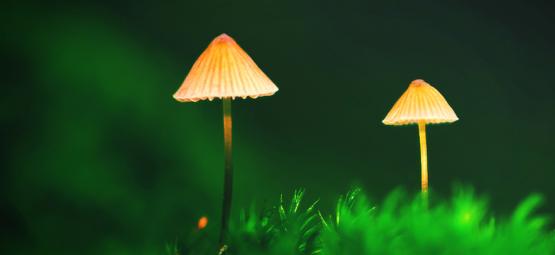
 4 min
23 September 2014
Creating A Magic Mushroom Outdoor Patch
Mushrooms are usually cultivated indoors, but that’s not how it has to be. With some mycelium you can easily grow a years’ supply of the sacrament in your backyard. ...
4 min
23 September 2014
Creating A Magic Mushroom Outdoor Patch
Mushrooms are usually cultivated indoors, but that’s not how it has to be. With some mycelium you can easily grow a years’ supply of the sacrament in your backyard. ...
Categories
-
Seedshop
- Feminized Cannabis Seeds
- Autoflower Seeds
- Regular Cannabis Seeds
- F1 Hybrids
- CBD Seeds
- Zamnesia Seeds
- Top 10 Autoflowering Seeds
- Top 10 Regular Seeds
- Top 10 USA Cannabis Strains
- Top 10 Feminized Seeds
- Beginner Strains
- Below 1% THC
- Classic Cannabis Strains
- Cup Winners
- F1 Hybrids
- Fast Flowering Seeds
- High CBD Strains
- High THC Strains
- Mix Packs
- Zamnesia Exclusive Collabs
- Amnesia Seeds
- Blueberry Seeds
- Cheese Seeds
- Diesel Seeds
- Gorilla Seeds
- Haze Seeds
- Kush Seeds
- Purple Seeds
- Skunk Seeds
- White Widow Seeds
- Northern Lights Seeds
- Granddaddy Purple Seeds
- OG Kush Seeds
- Blue Dream Seeds
- Lemon Haze Seeds
- Bruce Banner Seeds
- Gelato Seeds
- Sour Diesel Seeds
- Jack Herer Seeds
- Girl Scout Cookies Seeds (GSC)
- Wedding Cake Seeds
- Zkittlez Seeds
- Pineapple Express Seeds
- Chemdawg Seeds
- Hindu Kush Seeds
- Mimosa Seeds
- Zamnesia Seeds
- ACE Seeds
- Advanced Seeds
- Afghan Seed Connection
- Amsterdam Genetics
- Anesia Seeds
- Auto Seeds
- Barney's Farm
- Big Buddha Seeds
- Blimburn Seeds
- Bomb Seeds
- BSB Genetics
- BSF Seeds
- Buddha Seeds
- The Cali Connection Seeds
- CBD Seeds
- Compound Genetics
- Cookies Seed Bank
- Delicious Seeds
- DNA Genetics
- Doctor's Choice
- Dr. Underground
- Dutch Passion
- Elite Seeds
- Eva Seeds
- Exotic Seed
- Expert Seeds
- FastBuds
- Female Seeds
- French Touch Seeds
- Garden of Green
- GeneSeeds
- Genehtik Seeds
- G13 Labs
- Grass-O-Matic
- Greenhouse Seeds
- Growers Choice
- Humboldt Seed Company
- Humboldt Seed Organization
- Kalashnikov Seeds
- Kannabia
- The Kush Brothers
- Light Buds
- Little Chief Collabs
- Medical Seeds
- Ministry of Cannabis
- Mr. Nice
- Nirvana Seeds
- Original Sensible
- Paradise Seeds
- Perfect Tree
- Pheno Finder
- Philosopher Seeds
- Positronics Seeds
- Purple City Genetics
- Pyramid Seeds
- Rare Dankness
- Reggae Seeds
- Resin Seeds
- Ripper Seeds
- Royal Queen Seeds
- Sagarmatha Seeds
- Samsara Seeds
- Seedstockers
- Sensation Seeds
- Sensi Seeds
- Serious Seeds
- Silent Seeds
- Solfire Gardens
- Soma Seeds
- Spliff Seeds
- Strain Hunters
- Sumo Seeds
- Super Sativa Seed Club
- Super Strains
- Sweet Seeds
- TICAL
- T.H. Seeds
- Top Tao Seeds
- Vision Seeds
- VIP Seeds
- White Label
- World Of Seeds
- Seed Banks
-
Headshop
-
Vaporshop
-
Healthshop
-
Smartshop
- Top 10 Smartshop
- Kratom Dosage Calculator
- Zamnesia Gift Cards
- After Party
- Aphrodisiacs
- Aromatherapy
- Blue Lotus
- CBD Vape Juice
- Capsule Machines
- Crystals, Gemstones & Minerals
- Dream Herbs
- Drug Tests
- Extracts
- Happy Caps
- Herbal Tea
- Herbs & Seeds
- Incense
- Kanna
- Kratom
- LSA Seeds
- Mescaline Cacti
- Microdosing
- Nootropics
- Relaxing
- Salvia divinorum
- Smart Seeds
- Stimulants
- Supplements
- Tinctures
- Vape Herbs
-
Shroomshop
-
Growshop
- Top 10 Growshop
- Top 10 Plant Seeds
- All Seeds
- Cacti
- Chili & Pepper Seeds
- Companion Plants
- Edible Plant Seeds
- Exotic Seeds
- Flower Seeds
- Fruit Seeds
- Herb Seeds
- Interior Plant Seeds
- Microgreens
- Psychoactive Plant Seeds
- Sprouting
- Vegetable Seeds
- Wellness Plant Seeds
- After Harvest
- Climate Control
- Fertilizer
- Grow Tents
- Harvest, Dry & Cure
- LED Grow Lights
- Plant Seeds
- Propagation
-
Merchandise
-
Sale section
Categories
Discover
Help & Info
Tools
Our website won't work without these cookies activated. Therefore functional cookies can't be disabled.





